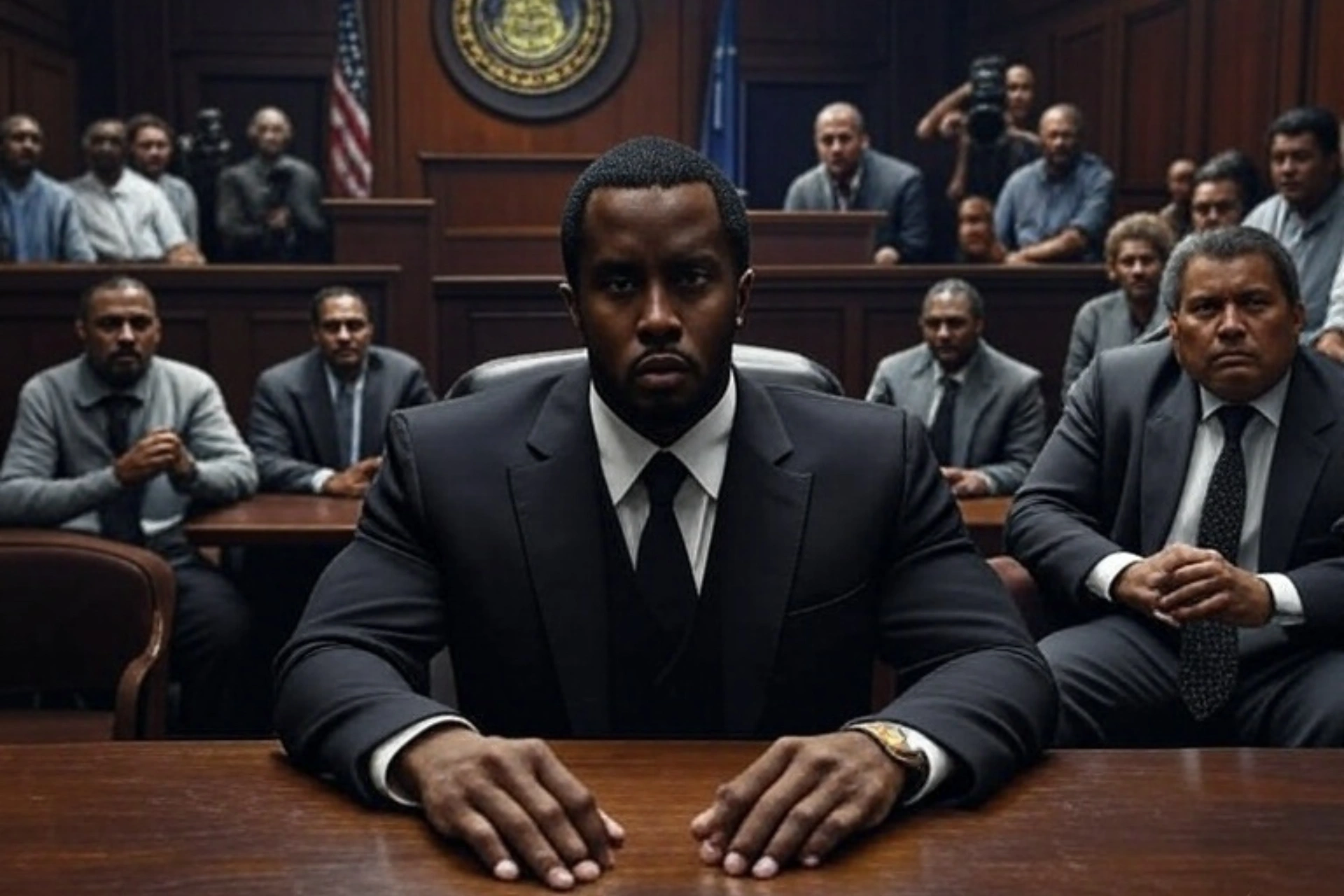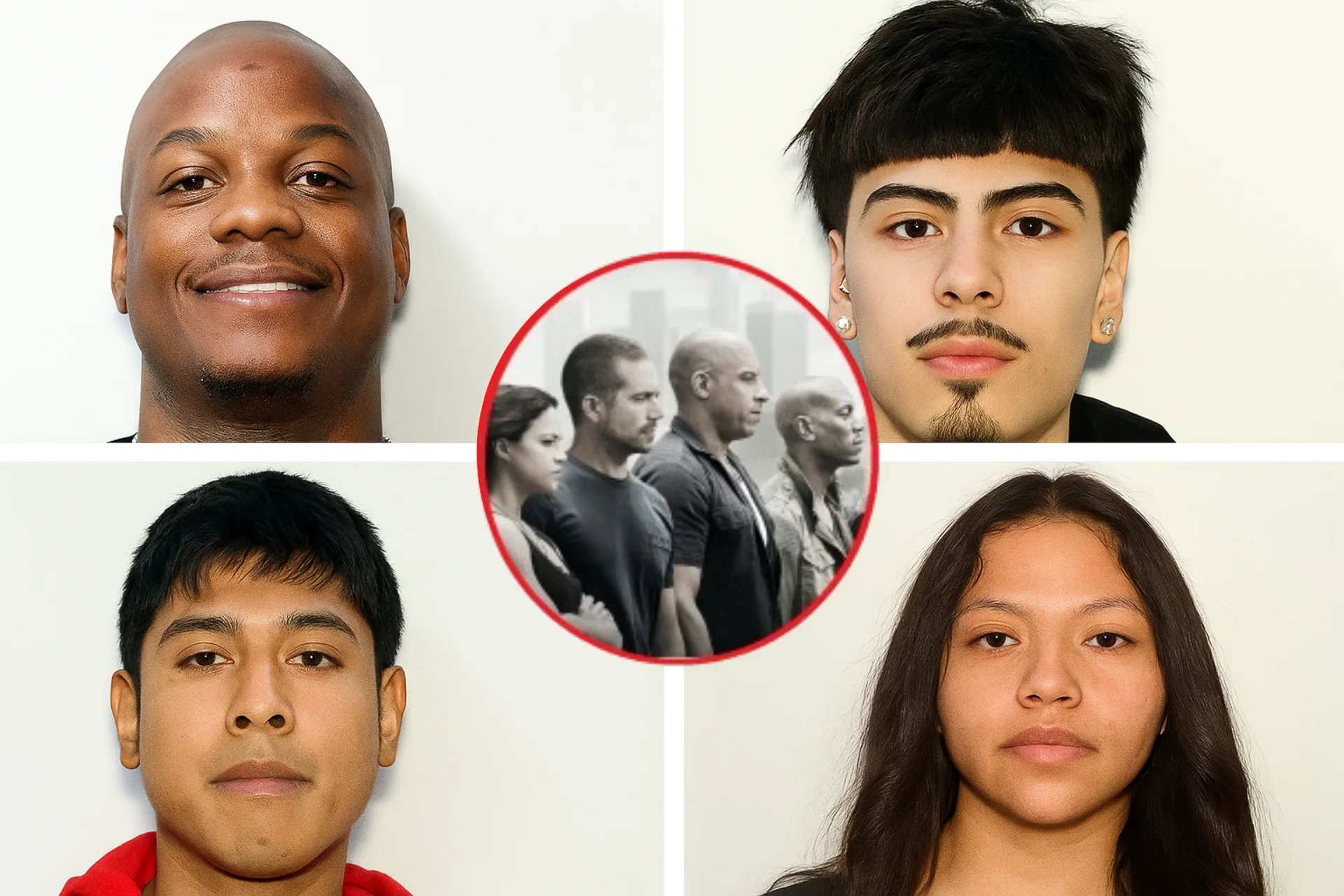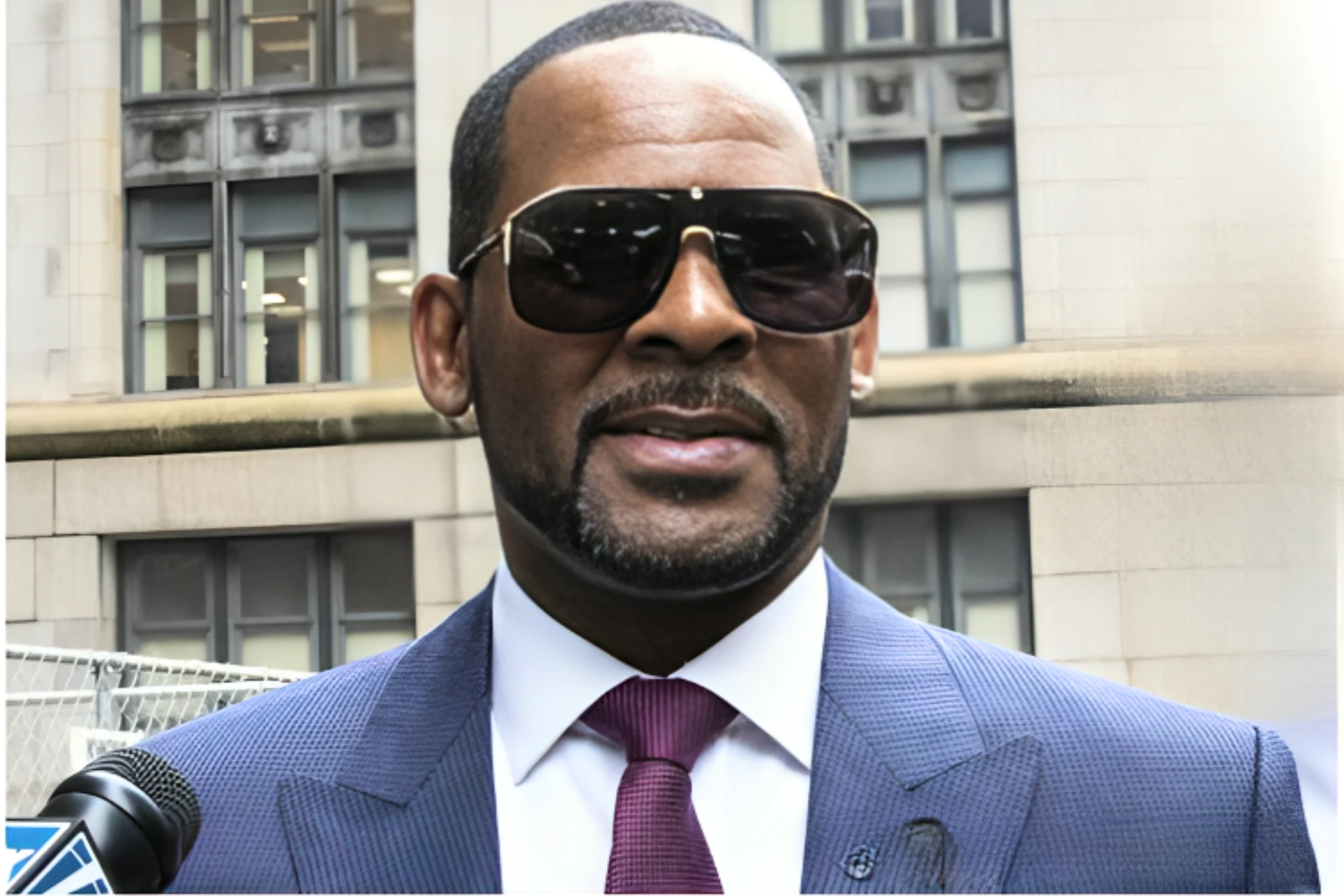The clock is ticking for hip-hop mogul Sean “Diddy” Combs as the U.S. District Court for the Southern District of New York has released the verdict forms for his high-stakes trial, thrusting the jury into a critical decision-making process. As of 03:56 AM local time on Tuesday, July 1, 2025, the jury began deliberations on June 30, but no verdict has emerged, keeping the case shrouded in suspense. This report dives into the details of the charges, the court documents, and the unfolding drama in this federal courtroom battle.
Combs, a towering figure in the music industry, faces five grave charges: one count of racketeering conspiracy, two counts of transportation for prostitution, and two counts of sex trafficking by fraud, force, or coercion. These allegations suggest a web of criminal activity that prosecutors claim spanned years, and the court has provided meticulously crafted verdict forms to guide the jury through the evidence.
The first document, a Verdict Sheet for case number 24-cr-542 (AS), zeroes in on the racketeering conspiracy charge. It asks the jury to choose between “Not Guilty” or “Guilty” for Combs, and if they opt for guilty, to pinpoint which illegal acts—such as kidnapping, arson, bribery, witness tampering, or forced labor—were proven beyond a doubt. The form goes further, questioning whether this alleged criminal pattern included sex trafficking of Casandra Ventura, a key figure in the case, and another victim identified only as “Jane” to shield her identity.
A second form picks up where the first left off, continuing the racketeering probe by asking if the conspiracy involved sex trafficking of Ventura and Jane. It then shifts to specific charges: Count Two, sex trafficking of Casandra Ventura, and Count Three, Mann Act transportation tied to her. For each, the jury must mark “Not Guilty” or “Guilty,” though all fields remain blank as the deliberation process unfolds.
The third form tackles the remaining counts: Count Four, sex trafficking of Jane, and Count Five, Mann Act transportation related to her. It includes spaces for the date and the jury foreperson’s signature, both still empty, signaling that the jury’s work is ongoing. These forms are currently templates, awaiting the jury’s final judgments.
The allegations against Combs paint a disturbing picture. Prosecutors claim he used his business empire to orchestrate “freak-offs”—elaborate, drug-fueled sexual encounters with hired escorts—coercing women through violence, intimidation, and financial control. Testimony from Ventura, who spoke while pregnant, and “Jane,” who described feeling “sore, tired, and overwhelmed,” has been central to the case. This narrative is bolstered by shocking revelations from the trial, including a chilling surveillance video of Combs attacking Ventura in a hotel hallway and photos of her injuries, which add weight to the prosecution’s narrative.
The trial, now in its sixth week, has seen over 30 witnesses, including former assistants and security staff, take the stand. The defense, led by attorney Marc Agnifilo, has acknowledged Combs’ domestic violence but argues the sexual activities were consensual within complex relationships. They rested their case after just 20 minutes, opting not to call witnesses in a move that surprised many observers.
Deliberations kicked off on June 30, but trouble surfaced quickly. Within two hours, the jury sent a note to Judge Arun Subramanian expressing concern that Juror No. 25 “cannot follow” instructions, hinting at potential discord. A separate note questioned how to interpret narcotics distribution allegations, and a third note’s contents remain undisclosed, adding to the uncertainty. The judge has instructed the jury to press on, but the situation with the juror could force further action.
Combs, held at Brooklyn’s Metropolitan Detention Center since his September 2024 arrest, faces up to life in prison if convicted on the racketeering and sex trafficking counts, with lesser charges carrying a maximum of 10 years. His legal team has faced multiple setbacks, including an unsuccessful bid to have mansion raid evidence dismissed, and their appeals against his detention have also been denied. The trial’s outcome now hinges entirely on the jury’s ability to navigate this mountain of evidence and testimony.





